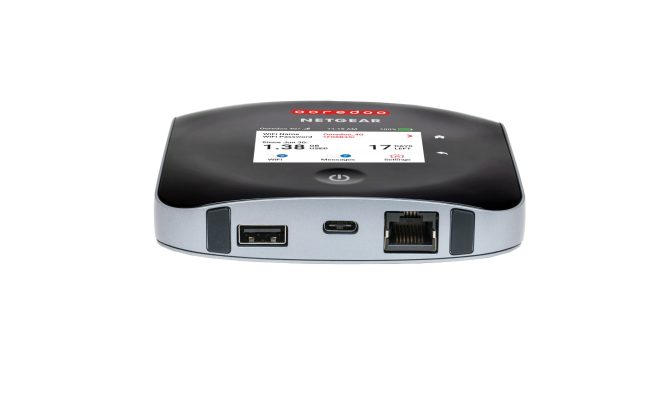Running Ethernet Cables Outdoors

Running Ethernet cables outdoors can be a daunting task, especially if you’re not familiar with the process. However, it’s an important task for those who need to connect their internet to outdoor spaces. Whether you’re setting up outdoor cameras or extending your Wi-Fi signal to a remote area, running Ethernet cables outdoors can significantly boost your connectivity range, speed, and reliability.
First, it’s important to understand that not all Ethernet cables are designed for outdoor use. If you use an indoor Ethernet cable for outdoor installation, the weather and temperature changes can damage the cable, and you may end up losing data transmission. Therefore, it’s essential to invest in high-quality Ethernet cables that are designed and rated for outdoor use.
When you’re selecting Ethernet cables for outdoor use, ensure that they are equipped with UV-resistant jackets and shielding to protect them from environmental factors, such as sunlight, moisture, and extreme temperatures. It’s also important to choose the right cable length to achieve optimal signal quality and avoid any signal loss. Make sure that the cable is long enough to cover the distance from your indoor router to the outdoor location. You can use cable tie mounts or conduit tubes to fix the cable to the walls or ground and protect it from physical damage.
Suppose you’re running Ethernet cables outdoors before installing your outdoor cameras. In that case, it’s essential to conduct a thorough survey of the area to determine the required cable length, location of Ethernet switches, and the best route to run the cables. You can use a trench or conduit tube to bury the cables underground, or you can fix them to a wall, post, or fence using cable clips or zip ties. However, always remember that burying the cables is the best practice to protect them from exposure to harsh weather and avoid damage caused by lawnmowers, pets, or foot traffic.
Another important aspect to consider when running Ethernet cables outdoors is the quality of the Ethernet switch you’re using. Ethernet switches act as connectivities between multiple devices and internet service providers, and they can enhance the speed, reliability, and signal quality of your network. Outdoor Ethernet switches are designed to withstand harsh environmental conditions, such as rainfall, extreme heat, and dust.
In conclusion, running Ethernet cables outdoors is a crucial task for those who require connectivity beyond their indoor space. By investing in high-quality Ethernet cables and switches designed for outdoor use, you can significantly boost your connectivity and extend your Wi-Fi range, making it easy to stay connected, stream live video, or monitor outdoor equipment. However, always remember to ensure that the cables are installed correctly and are safe from physical damage and harsh weather conditions. Make sure you follow safety protocols, use the right tools and gear, and seek professional assistance if you’re not familiar with running Ethernet cables outdoors.





